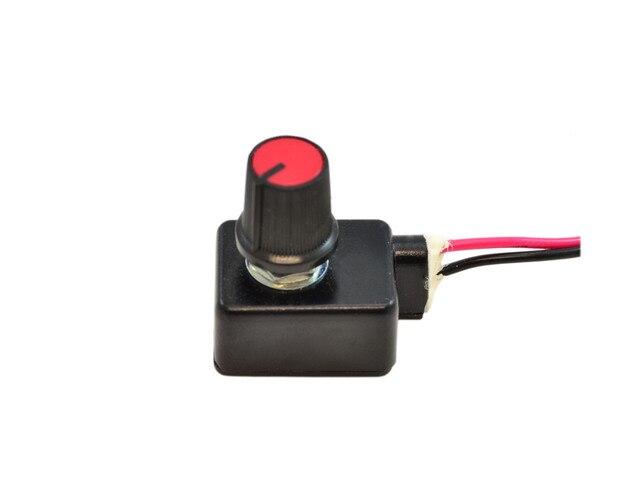Yes its very similar but rather low speced. For drivers look into Arrow electronics, they have some good deals on 48V drivers right now.Besides the commercial options above, also of recent interest was home tent grows
View attachment 19067432
started putting together a mock up plan with quantum boards
this is very similar to the plug and play off the shelf HLG offerings ?
About this item
$57.65 DRIVER PRICE EACH
- 2pcs/ pair 120W Samsung LM281b+ PCB Panel with 3000K+5000K+660nm+UV+IR
- Input Voltage Range: 38~48V DC
- Input Current: 900~2500mA, 2700mA Max.
- White: LM281B+ 3000K(176pcs) and 5000K (72pcs) ,Red: Epistar 660nm 32pcs , UV: 4pcs, IR: 4pcs
- Recommend Power Driver for 120W Grow light PCB board -
- Meanwell HLG-120H-48 or XLG-150-H-AB
Technical Details
View attachment 19067433
Brand KQO Color White Material Aluminum Style Modern Light fixture form Island Room Type 储藏室 Indoor/Outdoor Usage Indoor Power Source Corded Electric Control Method Remote Light Source Type LED Number of Light Sources 32 Voltage 48 Volts Light Color warm white, cool white, red Included Components Light kit inlcuded Embellishment Crystal Lighting Method LED Item Weight 28.35 Grams Number of Items 2 Wattage 120 watts Controller Type Remote Control Unit Count 1 Count Brightness 12000 Lux Mounting Type Ceiling Mount Fixture Type Non Removable Assembly Required No Manufacturer KQO UPC 745672909434 Model Name grow light Part Number KQO-QB1200DM-PCB Item Weight 1 ounces Package Dimensions 12.48 x 7.72 x 1.93 inches Item model number KQO-QB1200DM-PCB Plug Format A- US style Batteries Included? No Batteries Required? No Wattage 120 Watts
ALL KINDS OF OPTIONS WITH FEW USER CONNECTIONS NECESSARY
GREAT DEAL OF MARKUP FROM AMAZON...
@jonesfam7715 is a very helpful guy who usually keeps track of these deals, maybe he could throw up the links here aswell?


























